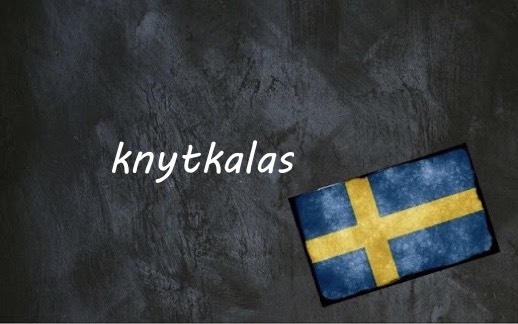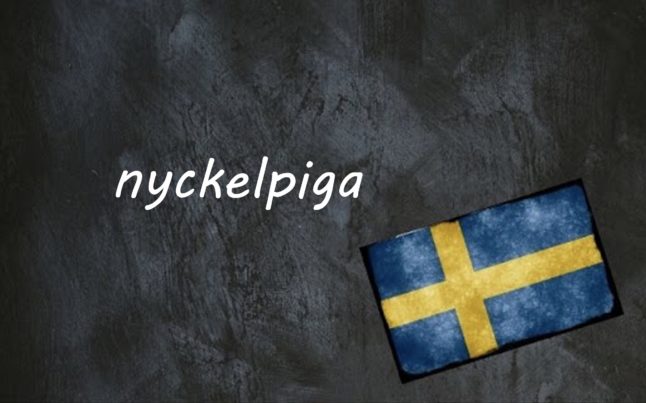A knytkalas is basically the Swedish equivalent of a potluck, a dinner party where each guest brings a dish for everyone else to try. The word has been around at least since 1907, and is a combination of knyte (‘bundle’) and kalas (‘party’). Originally, the serving plates or bowls that people brought the food over in were wrapped in kitchen towels or the like, hence the knyte in knytkalas.
Knytkalas is often just referred to as a knytis, and they are very popular in Sweden. Knytkalas are also a great way to introduce friends to dishes you like, and to try new things.
If you are a bit more organised you can try to coordinate dishes and drinks (yes, you can bring drinks as well) and assign main courses or desserts to the different guests so you get a balance. Another great suggestion is to set a theme, like Mediterranean, or husmanskost, maybe some sort of fusion. A multicultural context can often make a knytkalas even better.
The whole phenomenon makes it easier to host a dinner party, and spares you the trouble of cooking for 20 people. This also guarantees that everyone will find something that they like.
The late great Swedish etiquette expert Magdalena Ribbing, once recommended readers of Swedish newspaper Dagens Nyheter (DN) to not only tell your guest to bring a ‘knyte’ to the party, and but also to tell them what to bring to avoid them bringing the same dish as someone else.
Ribbing also recommended that you tell each guest how many portions to make, to ensure that costs were distributed fairly. If you take Ribbing’s advice that means deciding what everyone brings in advance, similarly to a Christmas or Easter celebration where different members of the family bring different, pre-decided dishes.
She also recommended that the host provide the drinks, such as wine, beer, and coffee. And perhaps a birthday cake if it is a birthday. She further noted that good etiquette is to wash the containers that your guests brought their food in and put them in bags for them, if the guest did not bring their own.
Whatever you prefer, organised or the surprise of seeing what everyone has brought, a knytkalas is a great way of hosting an affordable dinner party that can have many added benefits. Part of the joy is trying out everyone’s cooking, hopefully you get to try new dishes, and best of all, it is a great way of connecting with Swedes.
Example sentences:
Jag tänkte ha knytkalas nästa helg, vill du komma?
I’m having a potluck next weekend, wanna come?
Vad gjorde du i helgen? Jag var på en underbar knytis hos Annika.
What did you do this weekend? I was at a lovely potluck at Annika’s.
Villa, Volvo, Vovve: The Local’s Word Guide to Swedish Life, written by The Local’s journalists, is now available to order. Head to lysforlag.com/vvv to read more about it. It is also possible to buy your copy from Amazon US, Amazon UK, Bokus or Adlibris.



 Please whitelist us to continue reading.
Please whitelist us to continue reading.
Member comments